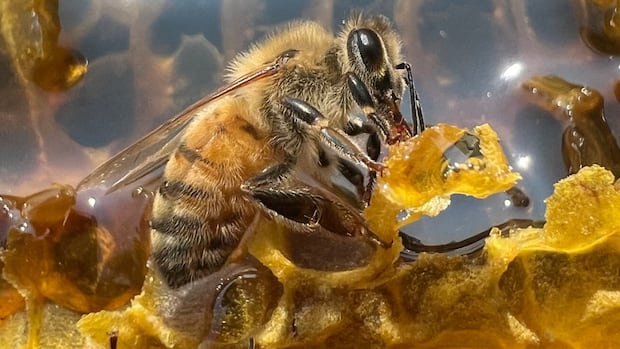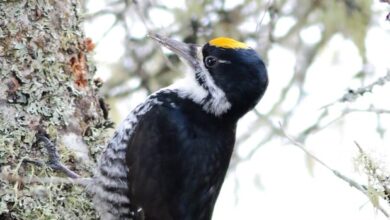Colorado to capture 15 B.C. wolves to reintroduce the population to the state

Colorado officials are embarking on a groundbreaking mission to reintroduce grey wolves to their state, capturing up to 15 of these majestic predators from the remote hinterlands of British Columbia. This effort is part of a larger initiative by Colorado Parks and Wildlife (CPW) to re-establish the long-lost population of wolves in the Centennial State.
According to CPW, wolves once roamed freely in Colorado but were hunted to the point of extirpation in the 1940s. In recent years, the state has been working to bring the species back after voters approved a ballot measure to reintroduce them. In 2023, the first 10 wolves were brought in from Oregon, and now, CPW is turning to British Columbia for additional wolves to increase genetic diversity and enhance the chances of successful pairing, breeding, and pack formation.
The collaboration between CPW and B.C.’s Ministry of Water, Land and Resource Stewardship is aimed at ensuring the safety of the animals and staff involved in the capture and transportation process. The captured wolves will be collared and released at select sites in Garfield, Eagle, and/or Pitkin counties in Colorado.
However, not everyone is on board with this ambitious reintroduction effort. Chelsea Greer, the director of the wolf conservation program at the Raincoast Conservation Foundation, has raised concerns about the welfare of the wolves being captured from B.C.’s wilderness. She pointed out that the timing of the capture during breeding season could increase stress and social tensions among the wolves.
Greer also highlighted the threats facing wolf populations in British Columbia, including hunting and the controversial wolf cull that claims hundreds of lives each year. Despite the challenges, CPW estimates that there are between 5,300 to 11,600 wolves in the province, with Greer offering a more conservative estimate of around 6,000.
The reintroduction program has also sparked concerns among ranchers in Colorado who fear the impact of wolves on their livestock. Tim Ritschard, with the Middle Park Stock Growers Association, expressed worries about livestock deaths following the first reintroduction of wolves. CPW has implemented measures such as a range-rider program and non-lethal tools to prevent conflicts with livestock.
While CPW reassures that the B.C. wolves will come from an area where livestock doesn’t overlap, some rancher groups are calling for a pause on the reintroduction until proper preparations are in place. The success of the reintroduction effort will ultimately depend on factors such as the wolves’ adaptation to their new environment and the level of tolerance and acceptance from Colorado citizens.
As the capture and transportation of grey wolves from British Columbia to Colorado unfold, stakeholders on both sides of the border will be closely monitoring the progress of this historic reintroduction initiative. The fate of these wolves and their impact on the ecosystem will be closely watched as they take their first steps back into their long-lost territory.




